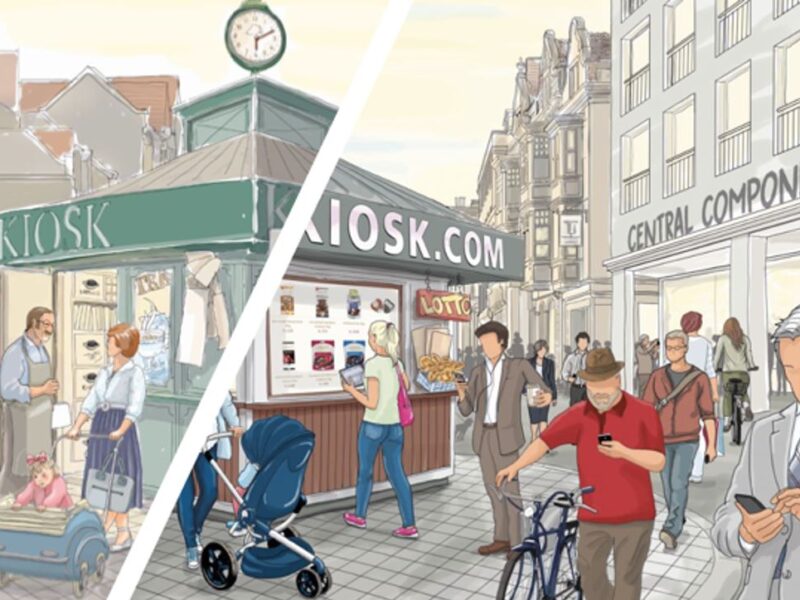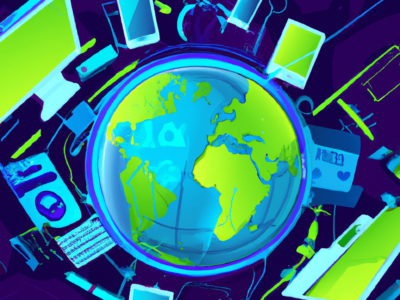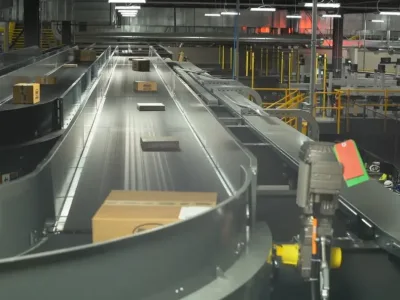
The recipe for future distributor success: A twist of digital with a dash of personal
Once a short-list of potential devices has been made, a single click is all that is required to call up the datasheets. From here the fine details, hidden away in the specifications, can be compared and analysed until the best possible solution is found.
However, sometimes it seems that the introduction of the Internet into every facet of business has been to the detriment of human interaction, personalised support and continuity in our business relationships. It is not uncommon to pursue a purchase from selection to delivery without any human interaction whatsoever.

Many distributors, in their pursuit for a more personalised experience, have drawn upon the marketing tactics of B2C web-businesses. To a certain degree, having alternative or popular products presented on a distribution landing page may be of some service to customers. However, it fails to recognise how professional engineering experts and the team’s that support them, such as purchasing, operate.
An engineer or technician will be highly selective in their product search. There are strict limitations in the products they can choose and often budgetary concerns are not at the top of the list. Size, cabling or connector, power consumption, compatibility and a host of other factors must be correctly fulfilled for a purchase to go ahead. Simply recommending a board-level gauge sensor because a customer previously purchased an industrial gauge pressure transducer only serves to demonstrate a severe lack of understanding for the customer’s needs and business.
The purchasing team have differing demands of a distributor’s website. Often, they are tasked with simply inputting orders, or approving the orders of their colleagues. They also will see no benefit in being offered comparative products or special offers since, in most cases, they are not in a position to evaluate the technical specification of the offered alternative.
One of the advantages of a B2B distributor, with their local sales and technical team, is that a face can be offered in addition to the online interface. Customers enjoy the benefits of being able to select and purchase materials online as and when they need them, while also being able to meet face-to-face for those purchasing decisions that require more support and insight.
Today, distributors can often have a disordered understanding of their customer’s needs. Online services can be used to build a profile of individuals. With permission, corporate accounts could allow distributors to build up an understanding of a complete division or organisation. However, this data only provides a very one dimensional view of everyone’s needs. It’s increasingly important that we take the time to truly understand customers and provide a personalised experience that inspires them.
What is required is a 360° view of both the individuals of an organisation as well as the environment within which they work. This can only be achieved by collating, merging and continuously evolving our understanding of the customer. This will make use of their historical transaction data, draw upon their current buying cycle, and leveraging preference data, making future interactions relevant and timely. This 360° view evolves as the result of monitoring all touchpoints, from responses to recommended products and services, through to interactions when resolving order related issues.
In the future, B2B users of a distributor’s website should receive a tailored experience with information and marketing materials that actually suit their needs. For example, purchasers may receive updates on price reductions for items regularly purchased or offers for bulk purchasing.

Maintenance engineers may be provided with last-time-buy information or product recall information for equipment that they have recently selected for purchase. Design engineers may find recommendations for potential solutions based upon a recent face-to-face meeting with the distributor’s technical team.
This will lead to a more role-relevant offering, with a customised proposition for both online and offline interactions with the distributor. Of course, this does require an opt-in from individuals and businesses to make this happen. If such a platform can be demonstrated to deliver on its promises, then it is all the more likely to be seen positively and garner acceptance.
Such a platform will undoubtedly need to leverage the power of artificial intelligence (AI) to help segment the user base. Through the analysis of a broad range of data, patterns will emerge that would be highly challenging to determine by any other fashion. Ultimately, the desire would be to ensure that each visitor is provided with information, offers and support that help them through their daily work challenges.
Looking further ahead and building upon the potential that Industry 4.0 will enable, we would hope that intelligence built into industrial equipment, control systems, actuators, and sensors will provide further benefits. There is no reason not to expect that such equipment will monitor itself for wear and tear, delivering updated life expectancy information back to the manufacturer. For maintenance teams, this opens up the chance to have such devices highlight potential failure towards the end of their lifetime. With distributors in the loop, for customers who wish to benefit, a replacement part could be despatched for the moment just when it is needed.
It is easy to get nostalgic and believe that things used to be better decades ago. For sure, the Internet has provided amazing optimisations and cost efficiencies that were not otherwise possible. Sometimes this has been to the detriment of a personal touch and support. But now we stand at a unique moment of convergence, where the power and efficiency of digital trade can leverage human relationships and deep personal understanding, which will ultimately be to the benefit of the distributor’s customers.
About the author:
Neil Harrison, is the Interim CEO of Distrelec and heads the Technical Components Division of the Datwyler Group – www.distrelec.biz
 If you enjoyed this article, you will like the following ones: don't miss them by subscribing to :
eeNews on Google News
If you enjoyed this article, you will like the following ones: don't miss them by subscribing to :
eeNews on Google News



